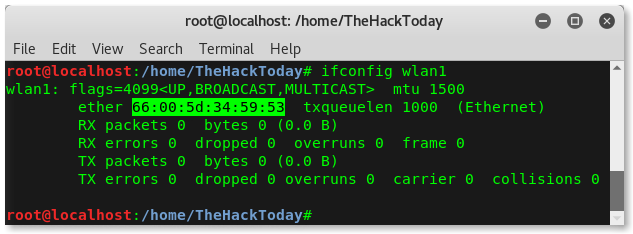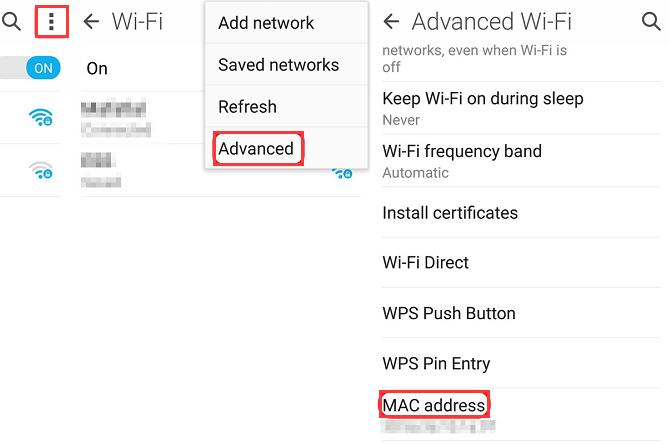

The prompt displays this information, so you can easily tell where and who you are on any machine. Note that your prompt will change as you move around the file system or if you become a different user on your machine (such as the root or superuser in order to run administrative commands). Inside the window is the prompt, in this case configured to display the name of the machine ( Mercury), the name of the current working directory (here the tilde, ~, which is shorthand for the user’s home directory), the name of the user, and finally the prompt symbol (the $). At the top of the window we see the type of shell, in this case Bash (Bourne Again Shell, which is the default shell in MacOS and most Linux distributions), and the size of the window. This screen, from MacOS 10.11, is typical of most shells in a GUI. When you launch it, you'll see something like this: IDG In MacOS, you’ll find the terminal in Applications > Utilities > Terminal.

Often Unix distributions put this under the Administration or System menus. The options and output vary slightly, but you should have no trouble making sense of them.įirst, you must open a shell, sometimes called a terminal window.
FIND MAC ON LINUX WINDOWS
The commands we walk through below will work on any Unix-like system, including Linux, Darwin (the foundation of MacOS), FreeBSD, and even Windows with something like Git Bash or the new Bash shell in Windows 10. The Unix command line shell is roughly equivalent to the command window in Microsoft Windows (cmd or PowerShell). Before long those cryptic strings will be second nature. They aren't that difficult to learn, and this article will give you the 10 essential commands you need to get started. ĭon't worry if Unix commands seem like magical incantations or the mysterious internals of the system seem beyond your grasp.
FIND MAC ON LINUX FREE
If you long to break free of the constraints of the GUI or think that programming or administering remote machines is in your future, then learning the Unix command line is definitely for you. The command line is a window into the full, awesome power of your computer. But if you need to repeat that task many times, the command line is your savior. Point-and-click is wonderful whenever you need to do something once or twice.

But if you’re a Mac or Linux user and you want to get the most out of your operating system (and your keystrokes), you owe it to yourself to get acquainted with the Unix command line. The IP command is very strong and powerful.GUIs are great-we wouldn’t want to live without them. The IP command replaces the ifconfig command, which is part of the net-tools package. This command will work on different Linux systems, such as Kali Linux, Arch Linux, Fedora, Ubuntu, etc. The network parameters of Linux are useful to withdraw by using this command. Here, we will discuss the networking command IP in Linux. With the help of the IP command, you can find both the IP and MAC address of your network connection. Finding IP and MAC Address Using the Command-Line
FIND MAC ON LINUX HOW TO
Next, we will show you how to find the IP and MAC addresses of a device with the help of the command-line in Linux. In the DLC layer, the other sublayer is a logical link control sublayer. For each type of device, there is a different MAC sublayer. In telecommunication protocols, the media access control, which is the sublayer of the data-link layer, uses the MAC address. The MAC address is the same as the Ethernet address on the Ethernet LAN.

When you are connected to the Internet as a host or your computer is connected to the Internet, the IP address of your computer is linked to the physical MAC address of the computer on a LAN. The MAC address, also known as Media Access Control address, is a unique and separate hardware number of a particular computer, especially in a LAN (Local area network) or in other networks. Finding the MAC Address in Linux systems.Finding the IP address in Linux systems.Finding the IP and MAC address using the command-line.


 0 kommentar(er)
0 kommentar(er)
